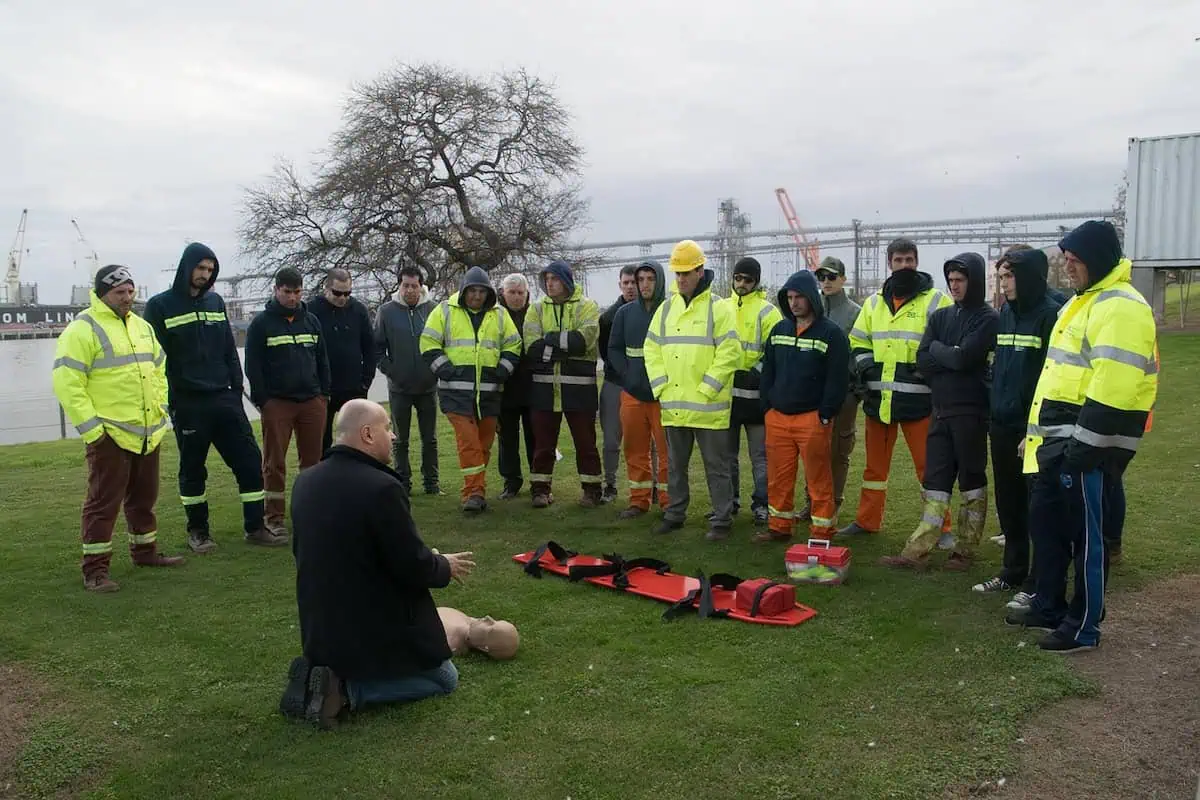In times of crisis, it’s essential to remain level-headed and maintain composure. While emergency reactions often spring instinctively, responding calmly can help resolve the situation more efficiently and save lives.
Tools like an incident response app can be very helpful during a crisis. With its four key steps—detection, response, containment, and recovery—it can resolve the issue with minimum damage.
However, when such tools are not readily available, this guest post explores practical strategies for responding, not reacting, during emergencies.
Understanding the Difference
Reacting to an emergency often involves acting impulsively and without careful thought. On the other hand, responding entails a measured approach based on logical thinking and practiced actions. By understanding this distinction, individuals can prepare themselves better to tackle unexpected situations.
Prepare Mentally
Remaining calm under pressure largely depends on mental preparedness. Visualizing potential emergency scenarios helps create a framework for responding effectively when faced with a crisis in real life. Repeatedly playing out these scenarios in one’s mind builds confidence and familiarity with necessary steps or actions.
Practice Makes Perfect
Preparing oneself physically through regular practice is another crucial aspect of remaining composed during emergencies. For instance, firefighters continually hone their skills through simulated drills and training sessions so that they execute their responses swiftly and effectively when they encounter dangerous situations.
The same principle applies here – practicing emergency procedures can significantly improve our ability to respond calmly when needed.
Focus on Breath Control
When faced with an emergency, it’s common for people to experience heightened levels of stress or anxiety. Controlled breathing techniques are an effective method for reducing these physical manifestations of stress. Taking slow breaths through the nose and exhaling deeply through the mouth helps regulate heart rate and keeps panic at bay.
Assess the Situation
Before taking any action, it’s essential to assess the situation accurately. A clear assessment enables individuals to determine what type of response is needed – whether it’s contacting relevant authorities or taking immediate action themselves. Prematurely jumping into action could potentially worsen or complicate matters further.
Implement Clear Communication
Clear and concise communication is paramount during an emergency. If behind-the-scenes or remote action is required, explicitly conveying necessary details to the appropriate authorities becomes critical. Furthermore, ensuring that communication channels remain open and accessible contributes to a more efficient emergency resolution.
Collaborative Efforts
It’s rare to face emergency situations alone; working collaboratively with others reinforces our ability to respond effectively. Assigning tasks, dividing responsibilities, and utilizing each individual’s strengths creates a coordinated response mechanism. This collaboration fosters confidence within the team and enhances overall efficiency in resolving crises.
Prioritize Safety
One of the most crucial aspects of effective emergency response is prioritizing safety—both one’s own and that of others involved. By ensuring personal safety first, one can proceed with a clear mind while executing necessary actions to secure others’ safety as well.
Adaptability is key
Emergencies rarely follow scripted scenarios entirely – they often present challenges not anticipated during training or preparation. In these cases, individuals must be flexible and adaptive in their responses. Being able to assess new information and adjust strategies accordingly quickly allows for more effective decision-making during crises.
Remain Resourceful
In some emergencies, access to many resources may be limited. In such situations, improvisation becomes essential. Individuals adept at resourcefulness are better equipped to use available tools, materials, or personnel creatively when conventional solutions are not possible.
Conclusion
While emergencies can be overwhelming, maintaining composure helps ensure a more effective resolution by responding calmly rather than impulsively.
By mentally preparing ourselves, practicing emergency procedures regularly, employing controlled breathing techniques, assessing situations accurately, and promoting collaborative efforts during crises – we become better-prepared individuals capable of thriving even when faced with challenging circumstances.
Remember, understanding the difference between reacting and responding is crucial in these situations; always make sure safety remains paramount as you strive to handle emergencies calmly and effectively.
Article and permission to publish here provided by Ethan William. Originally written for Supply Chain Game Changer and published on May 22, 2024.
Cover image provided by pixabay.com.

